“A physician shall always bear in mind the obligation to respect human life.” This statement can be found in the International Code of Medical Ethics within a section that describes the duties of physicians to patients. A good doctor practices from a position of respect toward human life with the responsibility to do all they can do to prevent and treat disease. Unfortunately, sometimes there is the question of what should happen when there isn’t anything else a doctor can do. Currently, there are not many options of care that can be given to a terminal patient. Doctors must debate whether they should send these patients home, to hospice care or a short-term care facility, where they may pass away after being uncomfortable for weeks or sometimes even months.
I first heard about the idea of death with dignity when I was about 12, after a family friend had passed away after a swift battle with cancer. Their experience with chemo made them too weak to gently joke and laugh as they once had as they slowly lost their hair and the ability to care for themselves. Eventually, they chose to stop seeking treatment — their case had become terminal and their body seemed to be tethered to ceaseless pain.
Terminal — a word no doctor wants to utter and no patient ever wants to hear — means that it is the end of the line and treatment options are no longer working. Most of us don’t know how to handle it when we are faced with the death of a friend or family member. It is even more difficult to imagine how we would handle the news that our own illness is terminal. Because I have personally never been in this position, I don’t know how I would react to that news, but I can’t help but wonder — is this the life they want to live? Are we really the best ones to decide that they have to tough it out, or do we believe that it is their right to choose what type of end of life care they want to have?
During Utah’s 2019 general legislative session, Rep. Jennifer Dailey-Provost sponsored H.B. 121 End of Life Options Act, which would effectively grant terminal patients within the state the right to choose when, where and how they die if they meet the specific criteria that is outlined in the bill. While the specifics of the case are important, there are questions raised by this legislation — most importantly being what a death with dignity looks like and whether the ethical dilemmas around this issue can be resolved.
In this case, “dignity” is often thought of as the patient being able to have self-respect as their death approaches. The alternative is considered a death where the individual is experiencing chronic pain and is unable to care for themselves in a way that causes them to feel helpless and degraded — thus removing their dignity.
When researchers gathered data from patients in Oregon that were seeking this type of treatment, they found that pain was relatively low on the list of reasons for them seeking out physician-assisted death. A report from The Oregon Public Health Division titled “Oregon Death With Dignity Act: 2015 Data Summary” states that 96.2% of those patients mentioned the loss of the ability to participate in activities that once made them enjoy life, 92.4% mentioned the loss of autonomy — their independence of their own thoughts or actions — and 75.4% stated loss of their dignity as some of the strongest reasons for seeking out PAD.
While pain is an important factor of this decision, we can see from this data that this decision is not one that a patient reaches lightly. It is one that requires the acceptance that their illness will eventually affect aspects of their life that are deeply important to them, aspects that many cannot foresee living happily without.
Common criticisms of PAD are that it isn’t respectful towards life and that a doctor’s duty is to heal, not kill. Some consider it a slippery slope towards prescribing drugs beyond the scope of terminal illnesses. A critical piece of H.B. 121 is that doctors who are against PAD do not have to practice this type of medicine, though it will allow those that wish to practice PAD to do so. It is critical to note that the bills that have been signed into law and the proposed bill in Utah address this, carefully defining each aspect of criteria a patient must meet in order to receive this type of end of life care.
In the End of Life Options Act from the past legislative session in Utah states that, in order to receive the prescription for the medication that will end their life, “a patient shall: make an oral request for medication; make a written request for medication; and repeat the oral request to the patient’s attending physician no less than 15 days after making the initial oral request. At the time the patient makes the second oral request, the attending physician shall offer the patient an opportunity to rescind the request. A patient may rescind the patient’s request at any time and in any manner without regard to the patient’s mental state. A physician may not write a prescription for medication under this chapter without the attending physician offering the patient an opportunity to rescind the request.”
With these precautions in mind, the patient must also go through many other measures to ensure that they are of sound mind, making the decision independently, ensuring they are not doing it for economic reasons and several other mandatory conditions.
All of these conditions take time to obtain, ensuring that this is a carefully thought-out and educated decision. Because of those precautions, PAD should be a legal and viable option for end of life care if a patient chooses to seek after this type of treatment instead of others.
Right now, the government limits our choices to options that are not always compassionate to the patient. The state government ought to ensure that citizens have the right to make their own health decisions, with the counsel of their physician and provider, family, clergy and friends. Its role should not be to tell us what treatment options patients can and cannot have. I think of my friend’s battle with cancer and wonder if they would have taken comfort in exploring PAD as an option.
All life must be respected. I also believe that, in the case of a terminal illness that reaches the criteria listed in the proposed and other passed bills, patients should be able to make the call for themselves and be protected under the law while doing so. To offer that care as a doctor is not due to a lack of respect towards life. It respects that dying is an inevitable part of life for every human, and allows every person to choose when, where and who will be with them when they die.







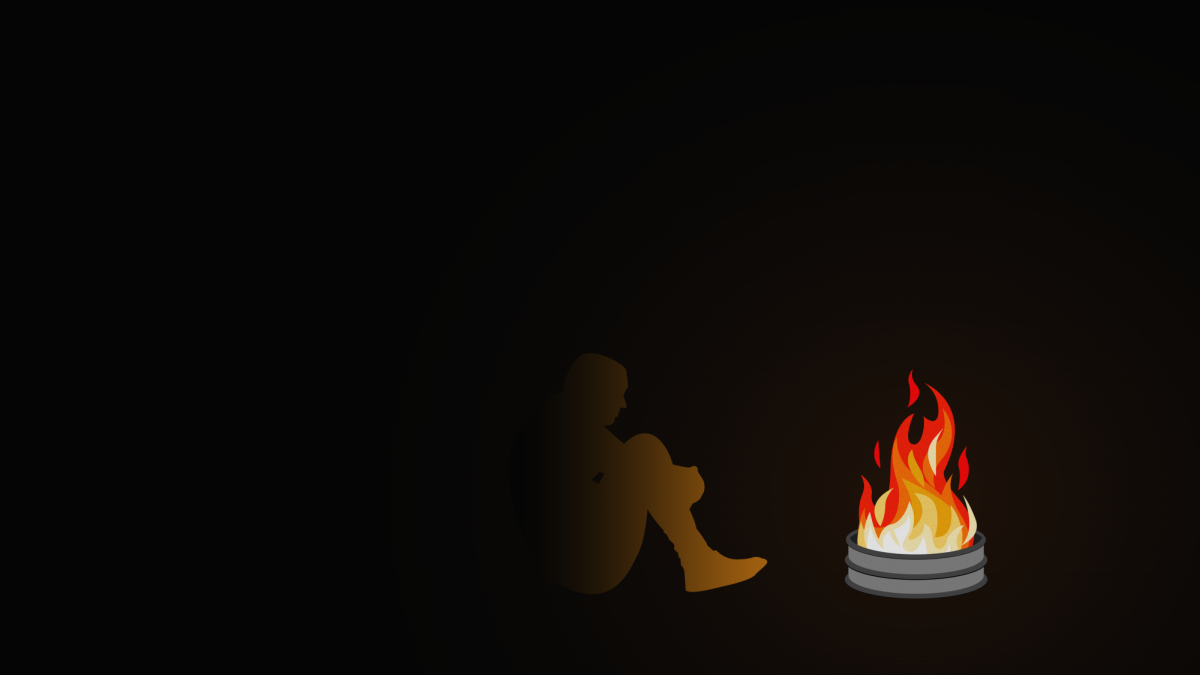
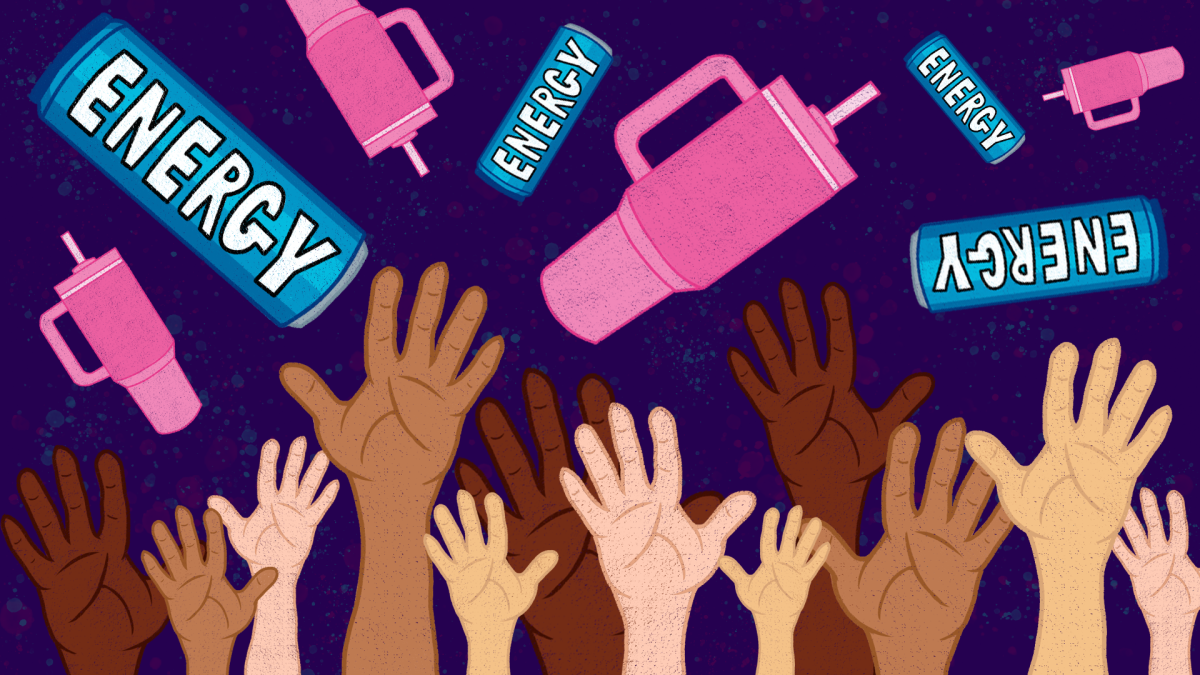
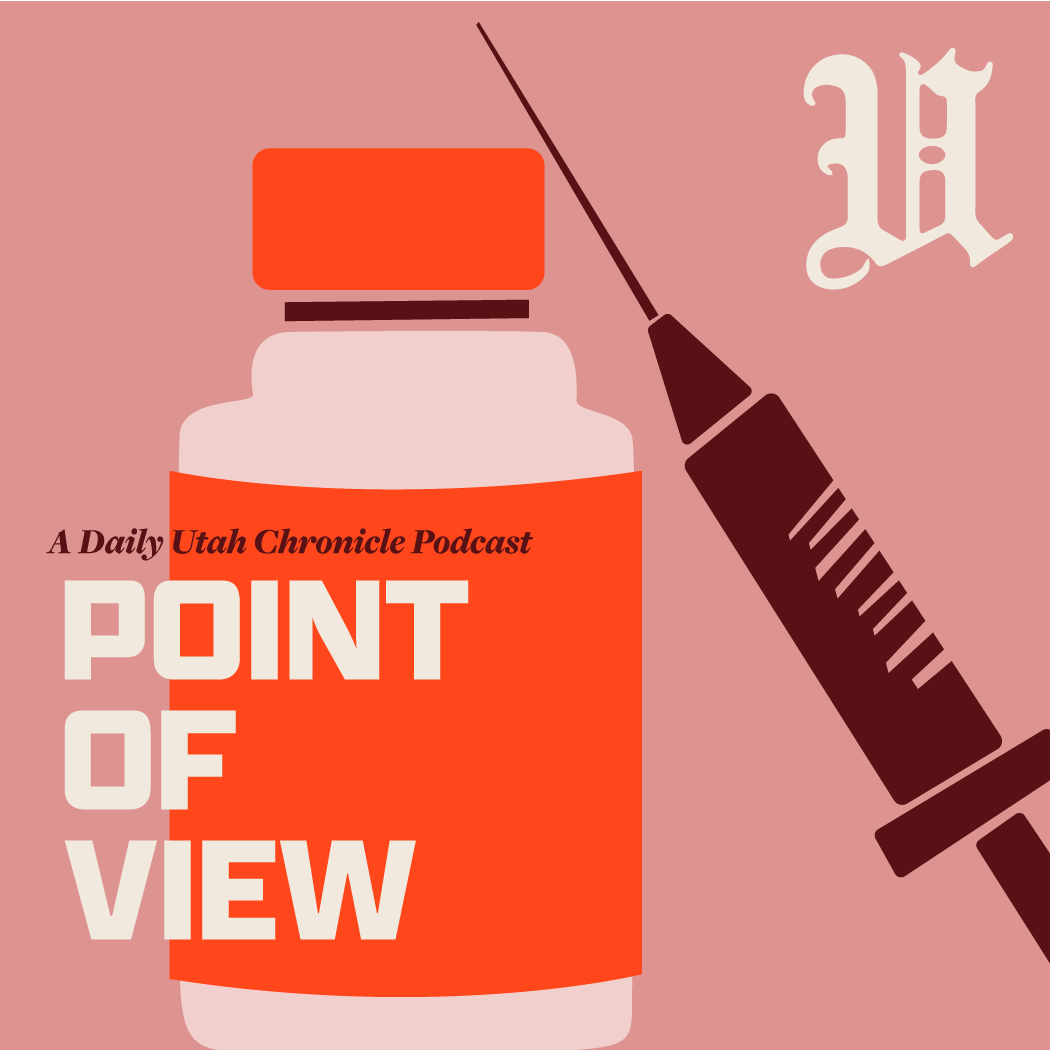

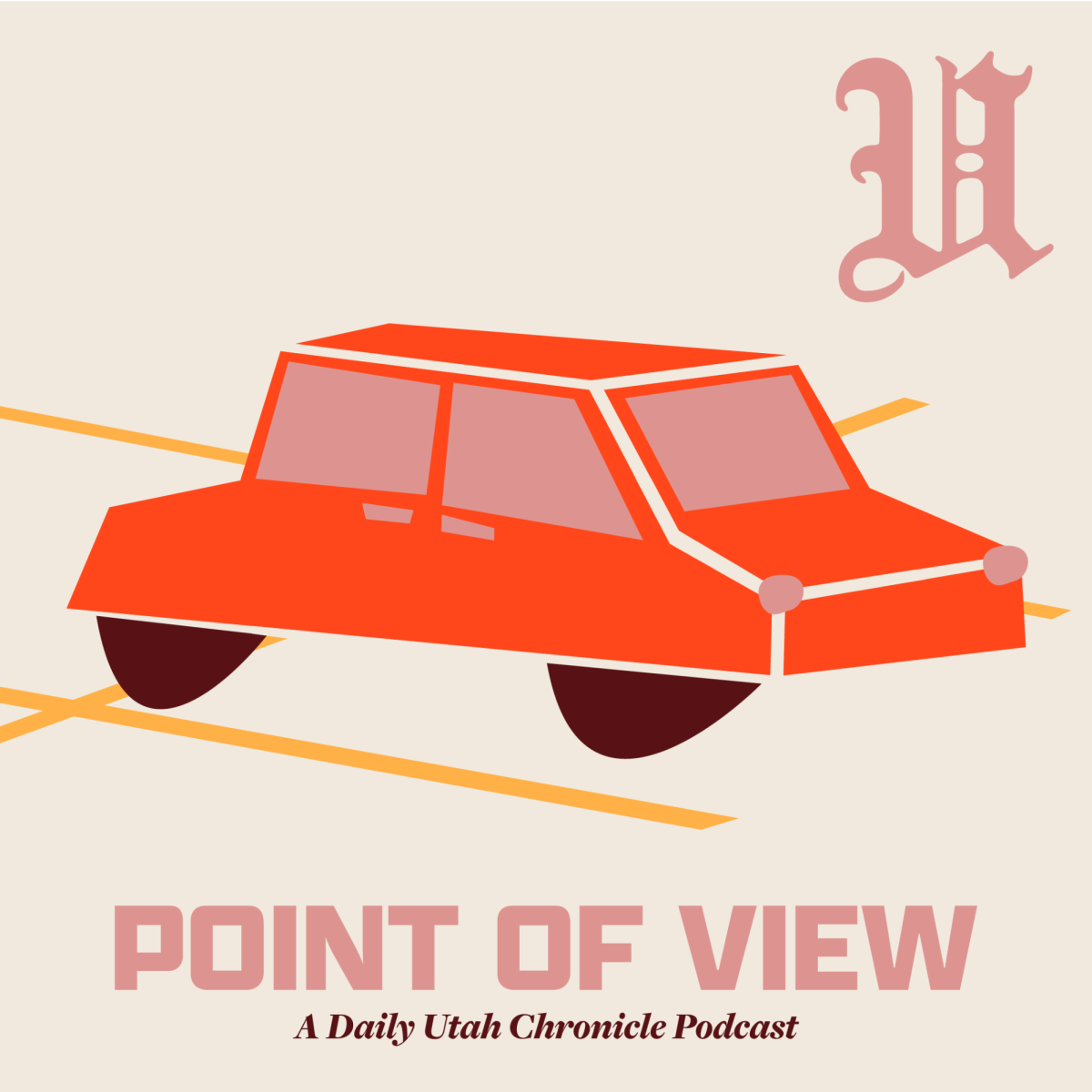





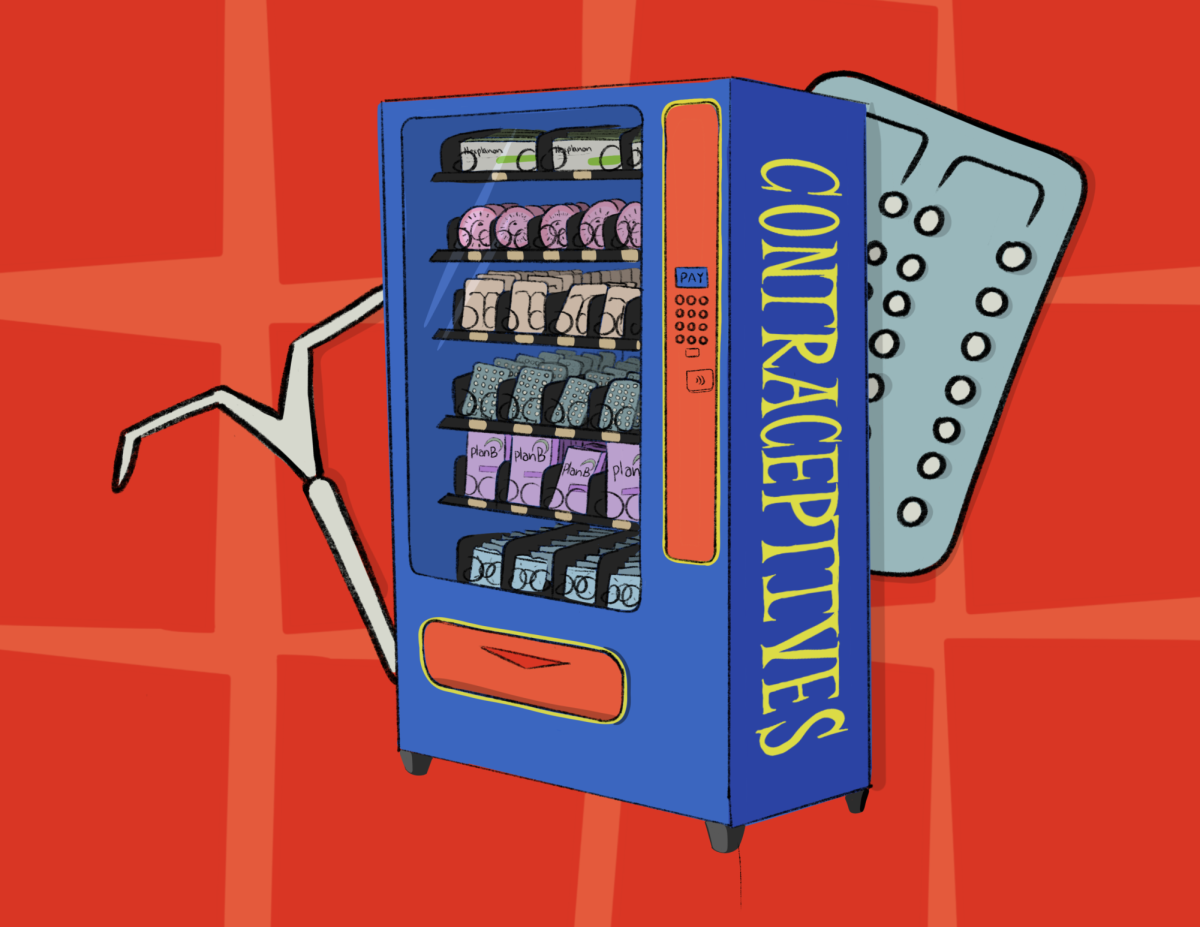




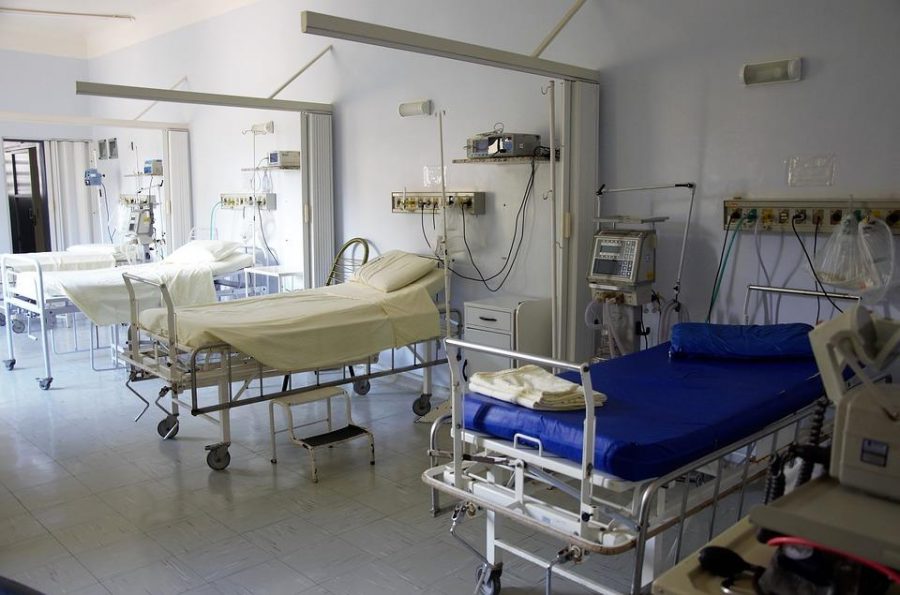

Bradley Williams • Jun 6, 2019 at 3:33 pm
All is not well where Oregon model death laws exist.
Consider that Yes 60% favor the concept but 95% reject legalizing euthanasia after they learn the extent of wrongful deaths allowed.
Potential for abuse abounds with laws allowing euthanasia.
There are many documented cases of abuses in the Oregon model death laws. The problem cases only come to light through media and medical or legal journals, but many are in documents on the Disability Rights Education & Defense Fund website.
There is no oversight or assurance provided by the Oregon model death policy that can prevent wrongful deaths due to:
1. A wrong diagnosis..
2. A wrong prognosis. .
3. When unaware of available treatments.
4. When there is no access to pain management.
5. When denied funding for medical treatment.
6.When the mentally ill are at risk (a huge possibility).
7. When there is ableist judgement of “better off dead” which is a prevalent medical and social bias.
8. When there is undetected bullying or coercion.
9. When there is a killing after changing their mind or while resisting. This is likely in 20 percent of assisted suicides, according to an extrapolation from Oregon statistics.
10. When the social contagion of suicide is involved (likely in 5-12 percent of cases, as per the Centers for Disease Control).
11. When the death is not a rapid or peaceful death (likely 25-72 percent of the the time according to a study by Bill Gallerizzo).
Expect expansion of categories due to “category creep” in this climate of promiscuous medical standards.
Respectfully,,
Care Giver